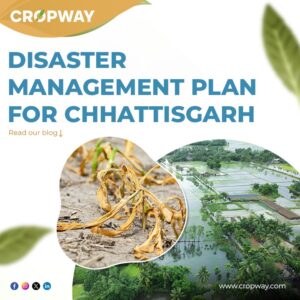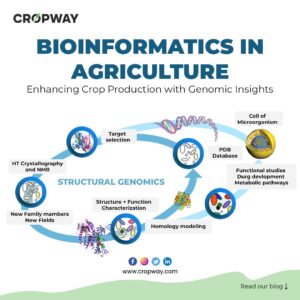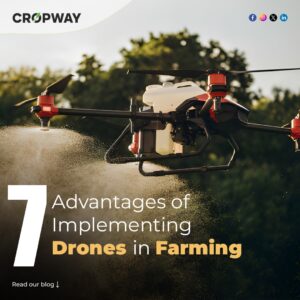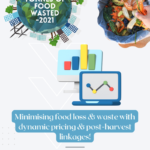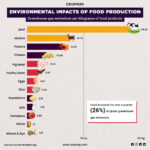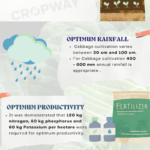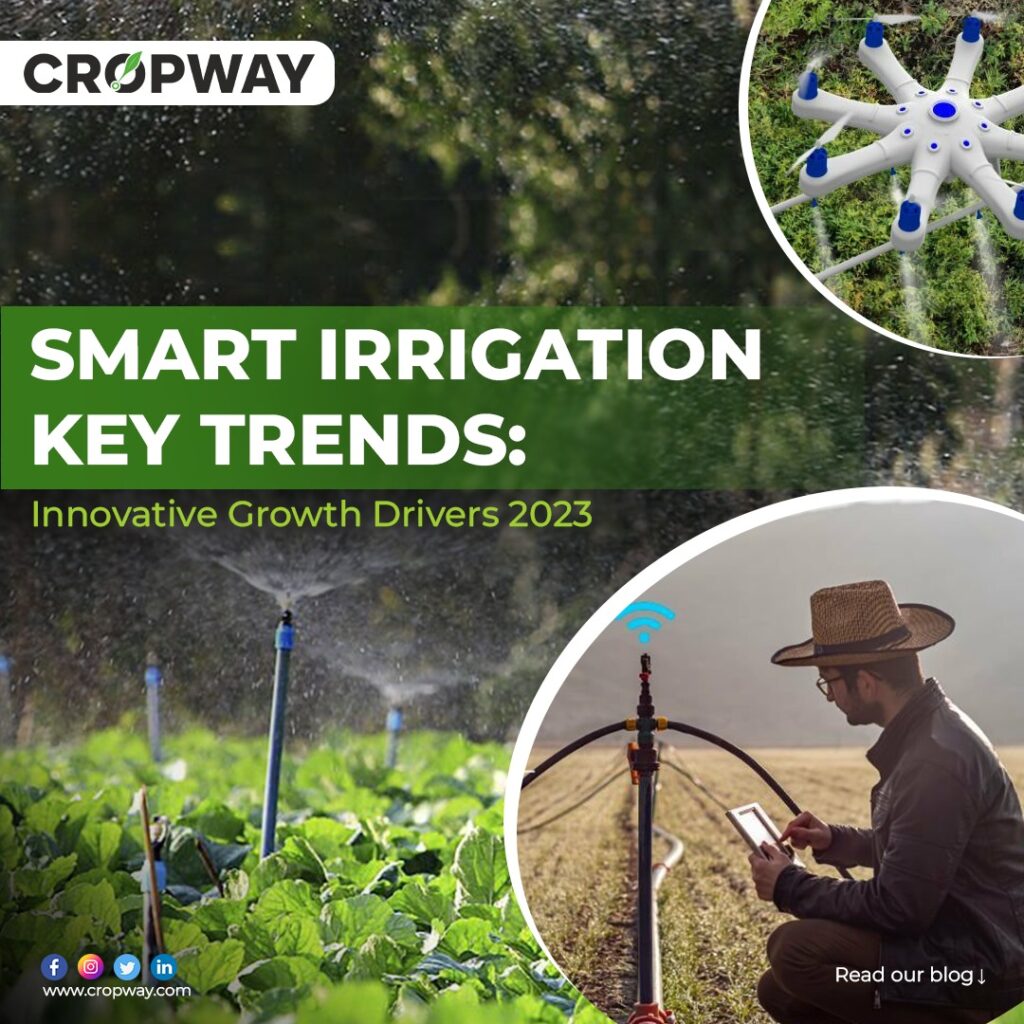
Agriculture stands out as the industry with the highest water consumption and holds the position of being one of the leading contributors to water pollution. Effective water management within agriculture is paramount, directly influencing factors such as crop yield, ecological sustainability, and overall food security.
Smart irrigation, a transformative force in the agricultural landscape, is witnessing unprecedented growth driven by a confluence of technological advancements and the pressing need for sustainable water management. As the global population burgeons, exerting increased pressure on water resources, the imperative for efficient irrigation practices has never been more critical. This blog aims to unravel the key drivers propelling the growth of the smart irrigation market, an industry at the intersection of agriculture and cutting-edge technology. Smart irrigation systems, equipped with sensors, data analytics, and automation, are revolutionizing traditional farming practices, offering a path to optimize water usage, enhance crop yields, and mitigate environmental impact.
The smart irrigation market is experiencing a rapid surge, projecting a remarkable Compound Annual Growth Rate (CAGR) of 13.9% from 2021 to 2030. This growth is propelled by the adoption of innovative technologies that revolutionize traditional irrigation methods, paving the way for more efficient and sustainable agricultural practices.
Transition to Mechanized Methods:
Traditional irrigation methods, such as check basin, furrow, and strip irrigation, cater to specific crops and land types. They offer eco-friendly, cost-effective solutions, proving advantageous for farmers dealing with challenges like low crop yield, untimely harvests, unpredictable monsoons, and pest attacks. Despite their benefits, these methods are sometimes criticized for inefficiency and water wastage.
Traditional irrigation techniques are giving way to mechanized methods, such as drip and sprinkler irrigation. The shift is prompted by the detrimental effects of waterlogging, resulting in significant water loss and low crop yields. Smart irrigation systems, utilizing sensors and weather data, emerge as the solution to optimize water usage, reduce waste, and enhance overall system efficiency.
Precision Irrigation Market:
According to a report by Mordor intelligence, the precision irrigation market is poised for significant expansion, anticipating a CAGR of 8.60% during the forecast period 2018 – 2028. Precision irrigation systems leverage advanced technologies like drones, sensors, and GPS to deliver water and nutrients with unparalleled accuracy. This approach minimizes water waste and maximizes crop yields, marking a pivotal advancement in modern agriculture.
The different trends in the precision irrigation market are:
1. Precision Irrigation Technology/Automated Irrigation System:
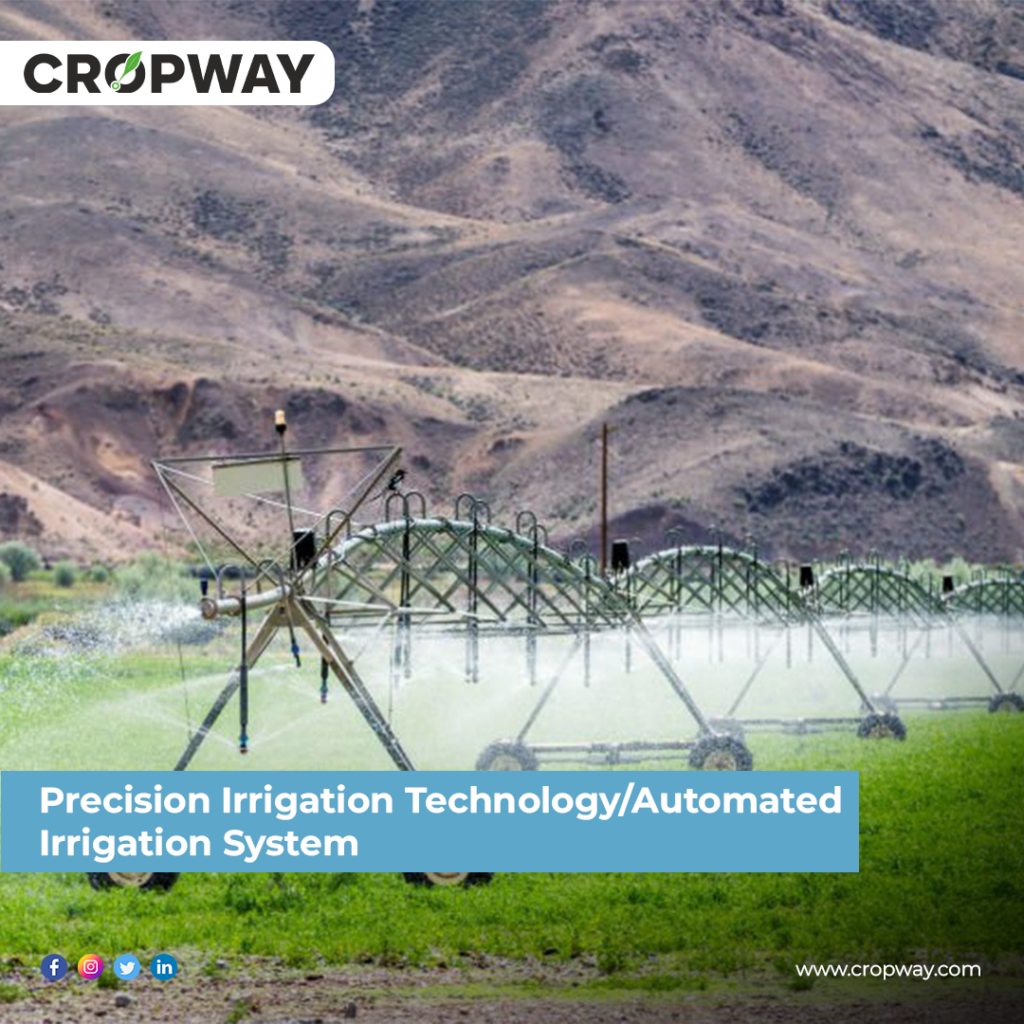
Leveraging real-time data and advanced sensors, precision irrigation optimizes water distribution, ensuring precise delivery to crops based on their specific needs, thereby reducing water wastage. Integrating artificial intelligence and machine learning, automated irrigation systems dynamically adjust watering schedules based on evolving environmental conditions, enhancing adaptability and resource efficiency. If you are looking for some great irrigation and other solutions in agri for your farm, please logon to www.marketplace.cropway.com today or to learn more check out our blog.
2. Drones in Irrigation:
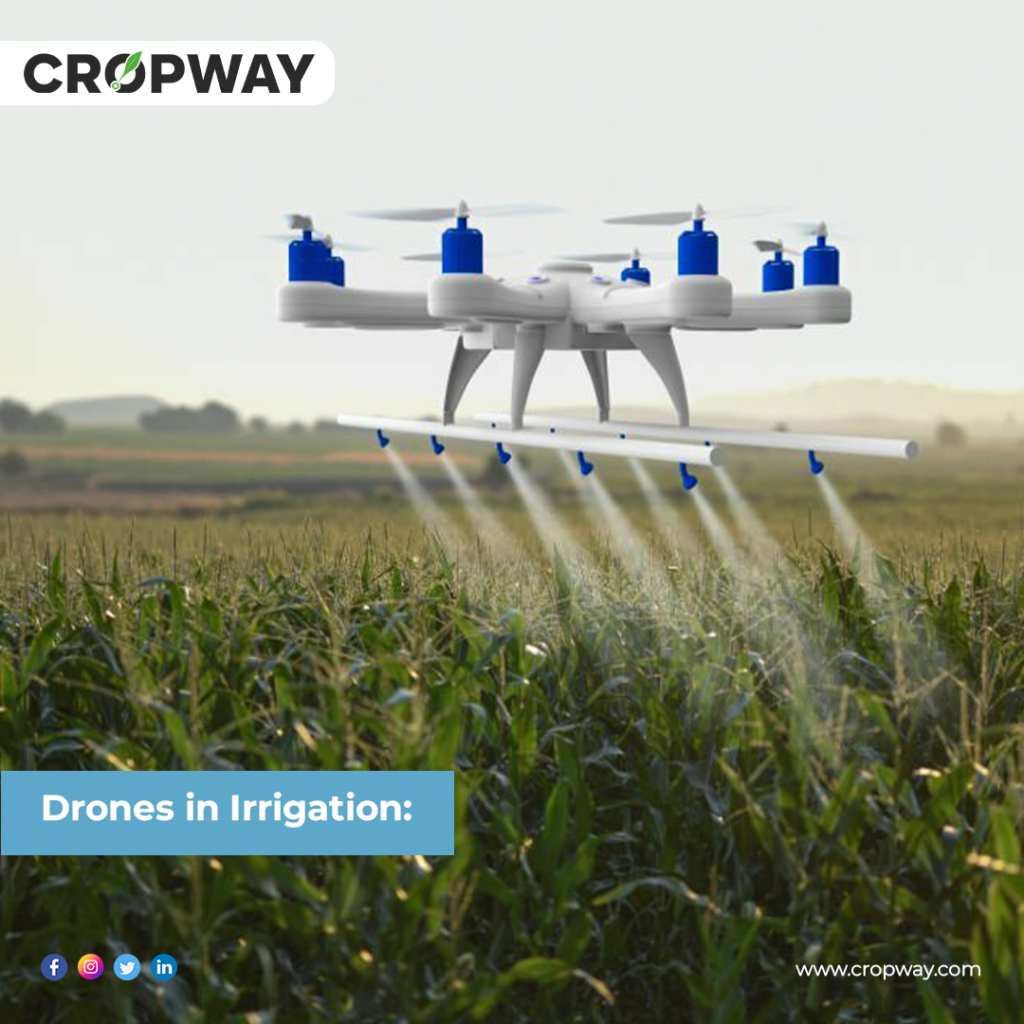
Drones equipped with specialized sensors provide a bird’s-eye view of fields, helping farmers identify irrigation needs, assess crop health, and optimize water usage, enhancing overall efficiency. These unmanned aerial vehicles (UAVs) or drones usher in a compelling and unexplored era for agriculture, offering substantial opportunities to streamline the data collection process. This includes gathering information on various farming factors such as temperature in the fields, soil and crop health, and optimizing chemical and water usage. Addressing these aspects holds the key to overcoming the diverse challenges faced by farmers and the agricultural community.
Cropway is actively engages in training local entrepreneurs or farmers in technological application, working consistently to empower farmers with access to and understanding of ‘Drones in Agriculture.’ Our array of agricultural services, including Drone Spraying, Seed Throwing, and Crop Monitoring, not only saves farmers money but also significantly reduces the time invested in these activities.
3. Drip Fertigation Integration:
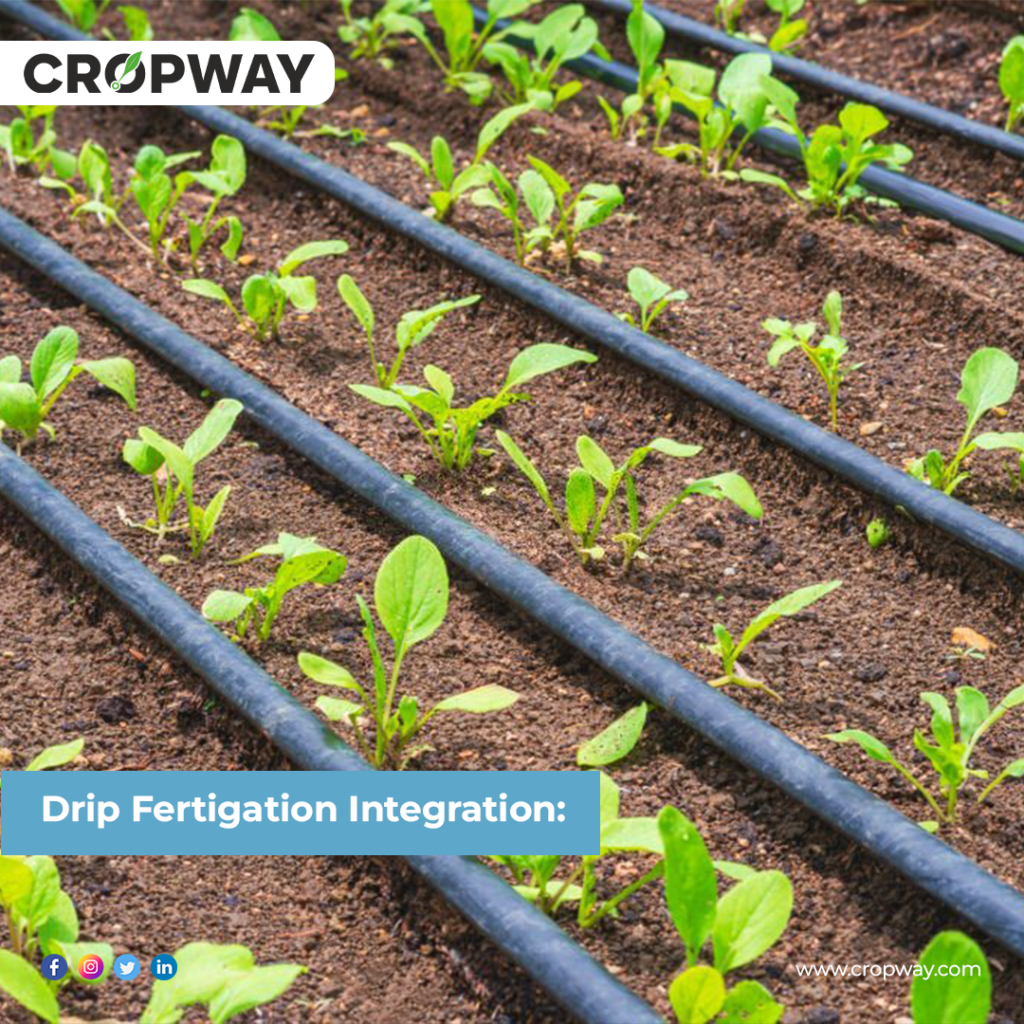
This approach combines drip irrigation with fertilization, delivering nutrients directly to plant roots. It enhances nutrient efficiency and reduces water and fertilizer usage, promoting sustainable and efficient farming practices.
4. Climate-Responsive Irrigation Scheduling Using Mobile App Integration:
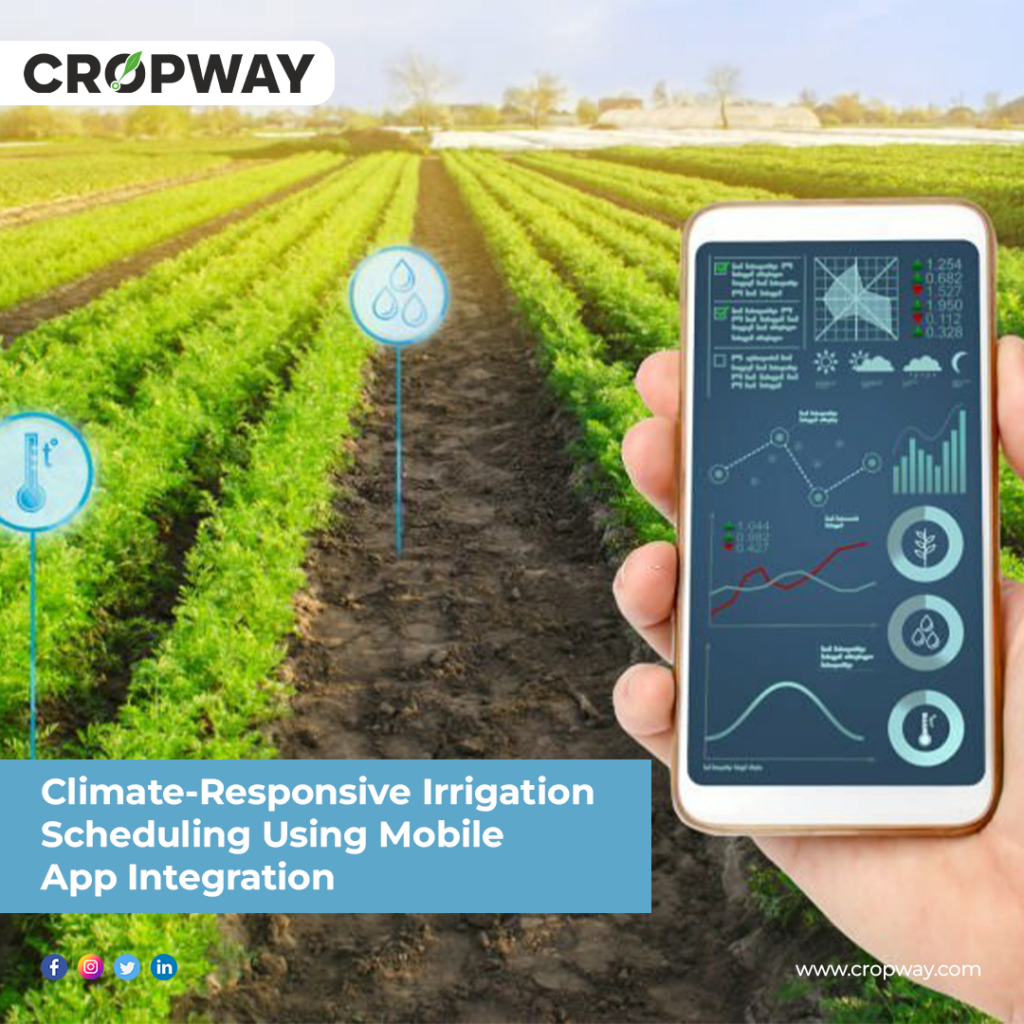
Tailoring irrigation schedules to local weather patterns and climate variations ensures a responsive and adaptive approach, optimizing water use in accordance with changing environmental conditions. Cropway’s Crop Monitoring provides insights into surface soil moisture and reliable weather forecasts in agriculture through advanced satellite spectral sensors. Access current and historical soil moisture data for any field worldwide. Smartphone applications such as Cropway, provide farmers with real-time control and solutions to monitor of irrigation systems. Farmers can remotely adjust settings, receive alerts, and access valuable insights, promoting ease of management.
5. Aquaponics and Integrated Farming Systems:
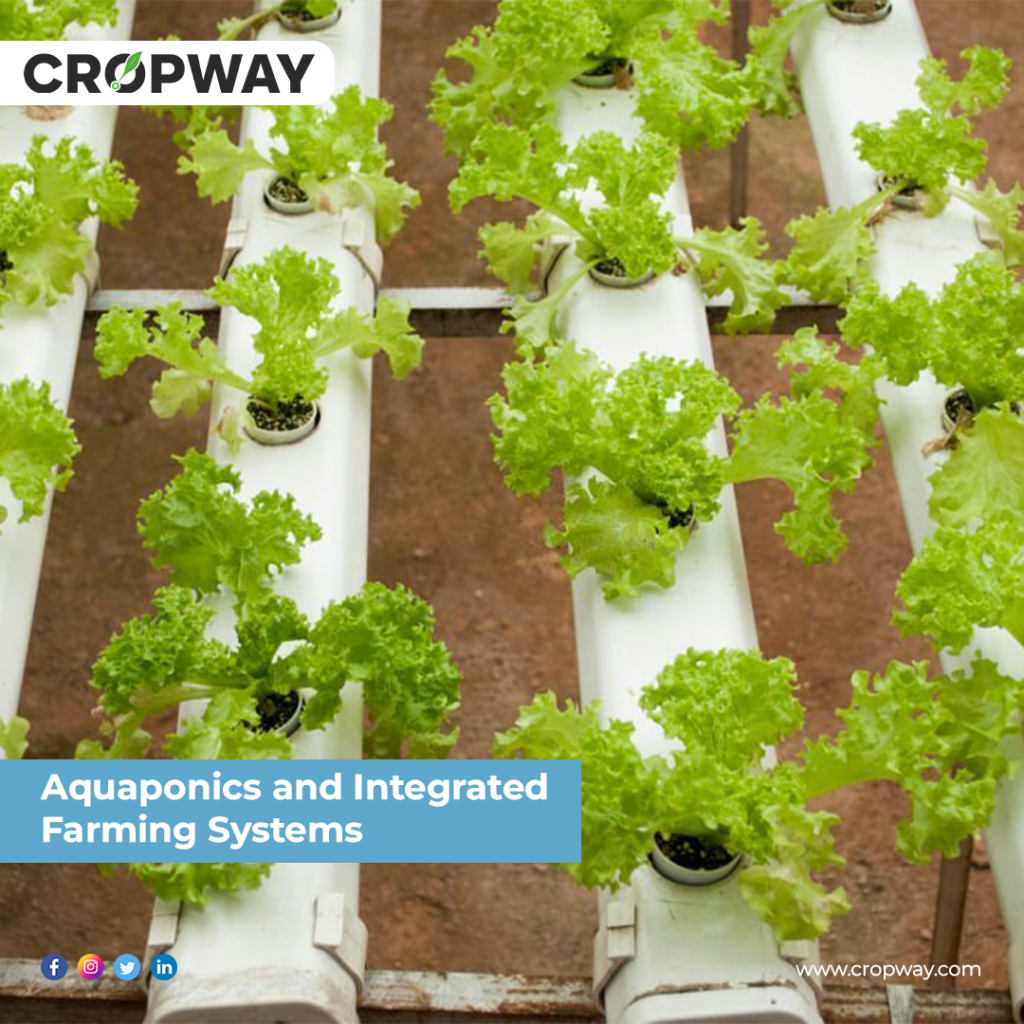
Integrating aquaponics with irrigation systems creates a symbiotic relationship between fish farming and crop cultivation. This holistic approach maximizes resource utilization, promoting sustainable and interconnected farming practices. Cropway’s agricultural experts extend research from the laboratory to the field by offering practical solutions for urban farming and providing business and technical advice and support to farmers so that their business ideas become practical and sustainable, book your appointment today.
6. Nanotechnology in Soil Moisture Management:
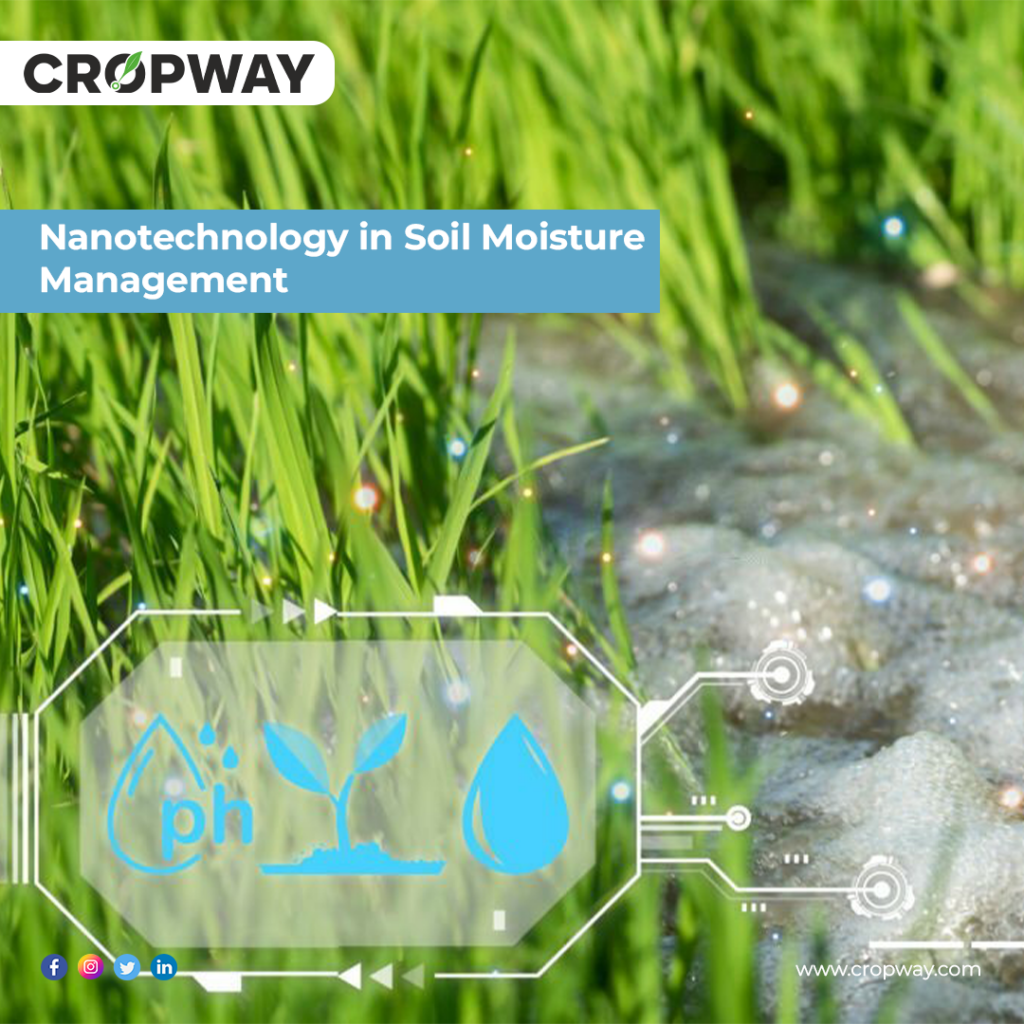
Nanotechnology is applied to enhance soil structure and water retention capabilities. Nanoparticles in soil amendments help improve water distribution, ensuring optimal moisture levels for plant growth.
7. Blockchain for Water Resource Management:
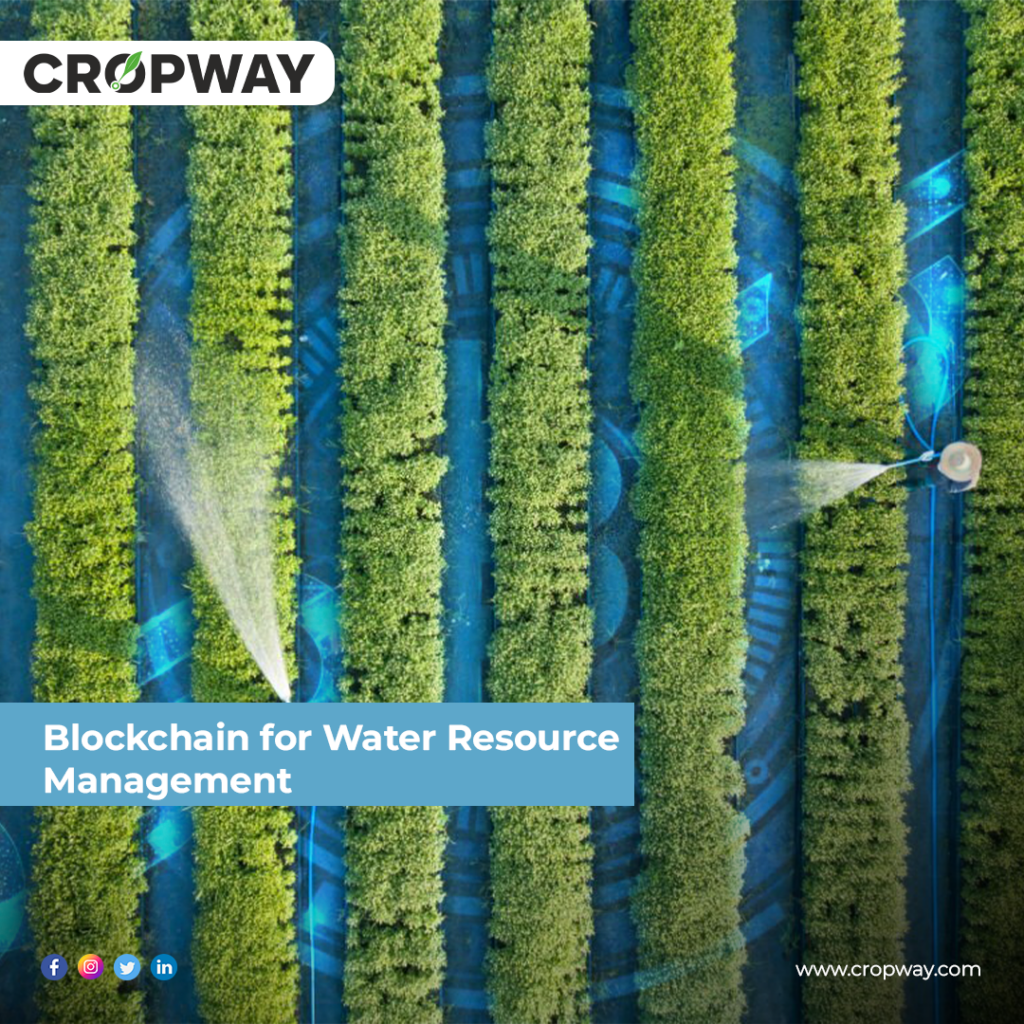
Blockchain technology provides a transparent and secure platform for managing water resources. It facilitates efficient water trading, monitors usage, and ensures accountability in water distribution, promoting sustainable water management practices.
8. Smart Crop & Soil Sensors:
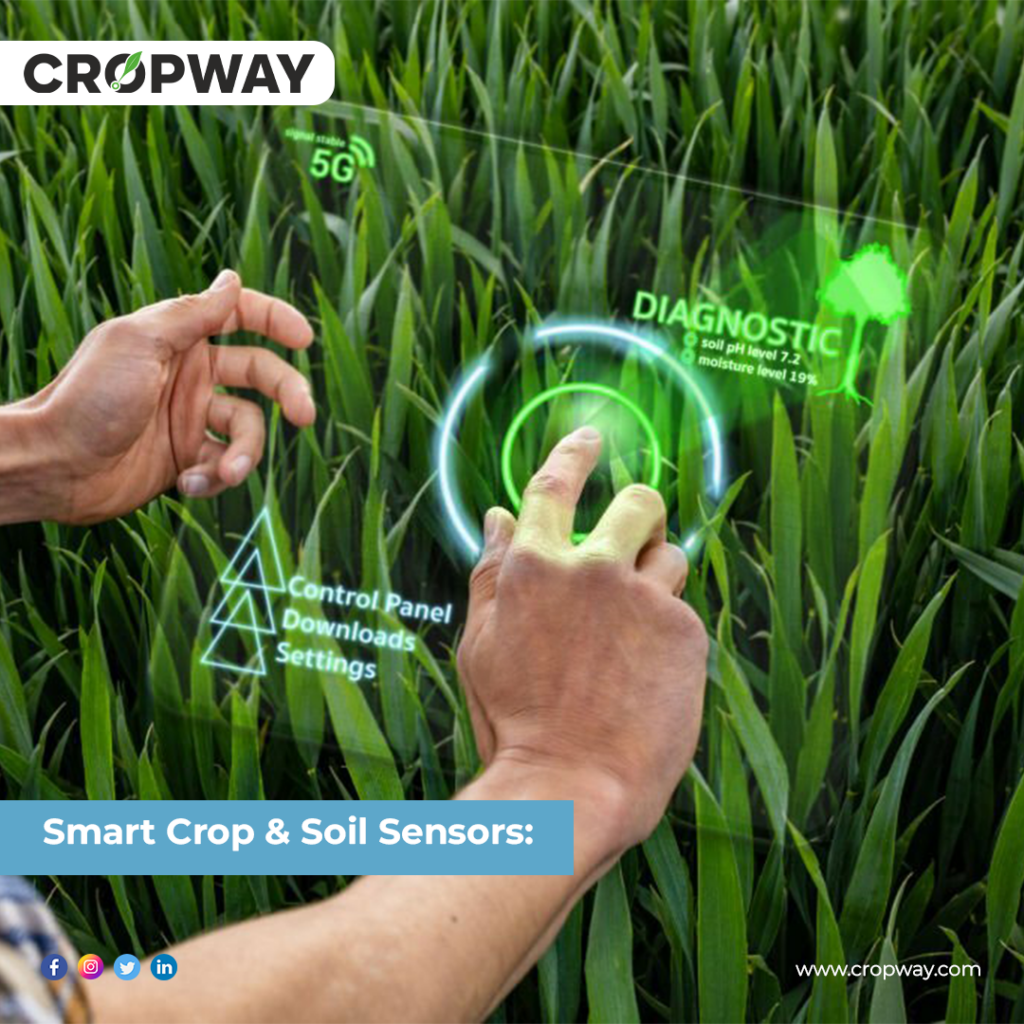
Advanced sensors not only monitor soil moisture but also analyze nutrient levels and overall crop health. This data-driven approach enables farmers to make informed decisions, enhancing crop yield while minimizing resource usage.
Advanced Sensor Technologies:
The incorporation of advanced sensor technologies is a pivotal factor in smart irrigation systems. Smart irrigation systems employ advanced sensors and controls to measure plant water needs, optimizing water usage. These systems utilize various monitoring techniques:
- Weather Monitoring: By continuously monitoring weather data, such as temperature and rainfall, smart irrigation systems adjust watering schedules based on real-time conditions rather than rigid preset schedules.
- Soil Moisture Monitoring: Soil moisture sensors gauge ground humidity, enabling the delivery of precise amounts of water to plants, preventing overwatering or underwatering.
- Plant Species Monitoring: Smart irrigation systems identify the specific water needs of different plant species, tailoring water delivery to each plant based on individual requirements.
- Real-Time Monitoring: Utilizing real-time sensors, smart irrigation systems monitor water usage and promptly detect any deviations from the irrigation schedule. This proactive approach allows growers to optimize irrigation schedules for maximum efficiency.
Key Drivers of Growth:
Water Conservation Demand:
A significant driver is the escalating demand for water conservation, particularly in regions grappling with water scarcity. According to the global smart irrigation market report, the increasing demand for water conservation, particularly in developing markets like South America and Asia-Pacific, is a primary driver for the growth of the smart irrigation market. Governments are incentivizing the adoption of modern precision irrigation systems through low-interest loans and subsidies, fostering increased implementation in the years to come.
Conclusion:
In conclusion, the smart irrigation market’s robust growth is fueled by a confluence of factors, ranging from the critical demand for water conservation to the integration of advanced sensor technologies. Another pivotal growth driver is the increasing awareness among farmers about the benefits of smart irrigation, such as enhanced crop yield with minimal water and fertilizer wastage. As agricultural practices continue to evolve, smart irrigation systems emerge as a sustainable and efficient method for increasing crop production, promising a greener and more productive future for global agriculture.

